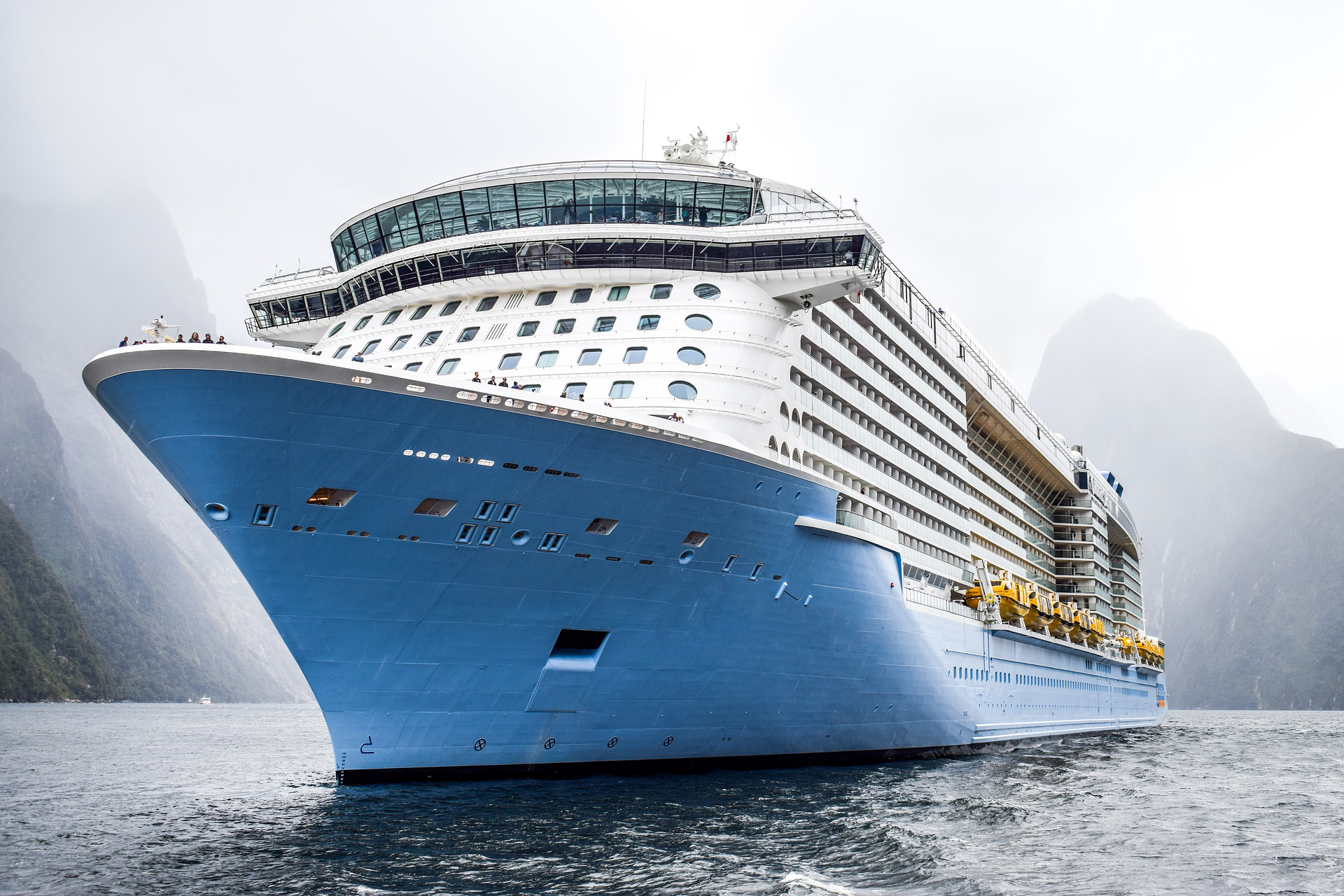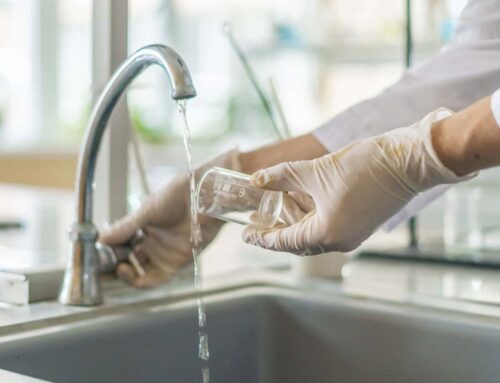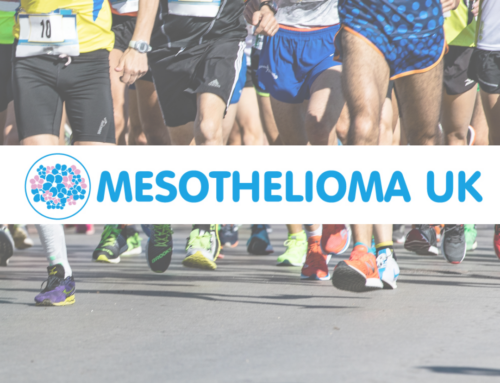Inventory of Hazardous Materials – What Your Business Needs to Know About IHM
What is the Inventory of Hazardous Materials?
The Inventory of Hazardous Materials (IHM) is a structured document designed to minimise and control the dangers of all potentially hazardous materials on board ships. From the initial construction through to the breaking and recycling the IHM covers the whole life of a ship and helps them to comply with the Hong Kong Convention for the Safe and Environmentally Sound Recycling of Ships.
A hazard can be any material or substance that could pose a risk to the health and safety of people or the environment. The hazard must be identified, located and quantified.
Why Was the IHM Created?
For more than 30 years, the vast majority of ship breaking took place in Bangladesh, Pakistan and other countries in Asia but the industry was almost entirely unregulated and had an incredibly poor safety record. The working conditions were awful and there was little awareness of the significant environmental pollution the industry was causing.
This resulted in numerous environmental groups coming together to campaign and spread awareness of these ship scrapping practices. Several codes and guidelines such as the Industry Code of Practice on Ship Recycling and Guidelines on Safety and Health in Ship Breaking in Asia and Turkey were devised by different organisations to bring a level of ruling into the industry.
The concept of a “Green Passport” was also introduced. This was a document that contained an inventory of all materials used in the construction of a ship that could be harmful to humans or the environment and would stay with the ship throughout its life allowing any changes in materials or equipment to be recorded.
After the various loosely-applied guidelines were created the International Maritime Organization (IMO) felt that the ship recycling industry required thorough regulation. The IMO in 2009 therefore oversaw the Hong Kong Convention for the Safe and Environmentally Sound Recycling of Ships, which was attended by more than 60 countries.
The convention created the Inventory of Hazardous Materials. This new regulation was largely based on the Green Passport and had the same intention, only this one was much more detailed and included many strict enforcement measures.
Who Needs an IHM?
The EU Regulation on Ship Recycling came into force at the end of December 2013 and requires all ships (both from an EU member state and those visiting an EU member state) heavier than 500 gross tonnes to have and carry an IHM. It’s a requirement that the inventory includes an extensive list of all hazardous materials including its location and volume.
What is the Purpose of an IHM?
The IHM was created to reduce environmental pollution and to help ensure the safety of everyone associated with a particular vessel. This doesn’t just include the crew members working on-board during the ship’s operating life but also the recycling facility workers during the decommissioning phase.
Prior to the recycling process an additional Part 2 IHM is undertaken to ensure no additional hazardous materials have been introduced onto the vessel during its working life. The report can subsequently allow ship breakers to plan safely for the dismantling and disposal of the vessel.
Maintaining Your IHM
The Hong Kong Convention for the Safe and Environmentally Sound Recycling of Ships states that the shipowner must maintain the IHM throughout the vessels life in order to comply with its requirements.
An internal procedure should be established for maintaining the document. The crew should regularly update the inventory ensuring it continues to reflect an accurate representation of current hazards on board the ship and renewal surveys from professionals should be undertaken at intervals of no more than 5 years.
Inventories of Hazardous Materials with Casa Environmental Services
Here at Casa Environmental Services, we specialise in conducting asbestos surveys as part of an Inventory of Hazardous Materials in compliance with the Hong Kong Convention 2009.
We have vast knowledge and experience in the industry as well as all the essential skills and resources needed to undertake surveys to all classes of ships. Please don’t hesitate to contact a member of our team today to find out more about our reputable services and how we can help.




